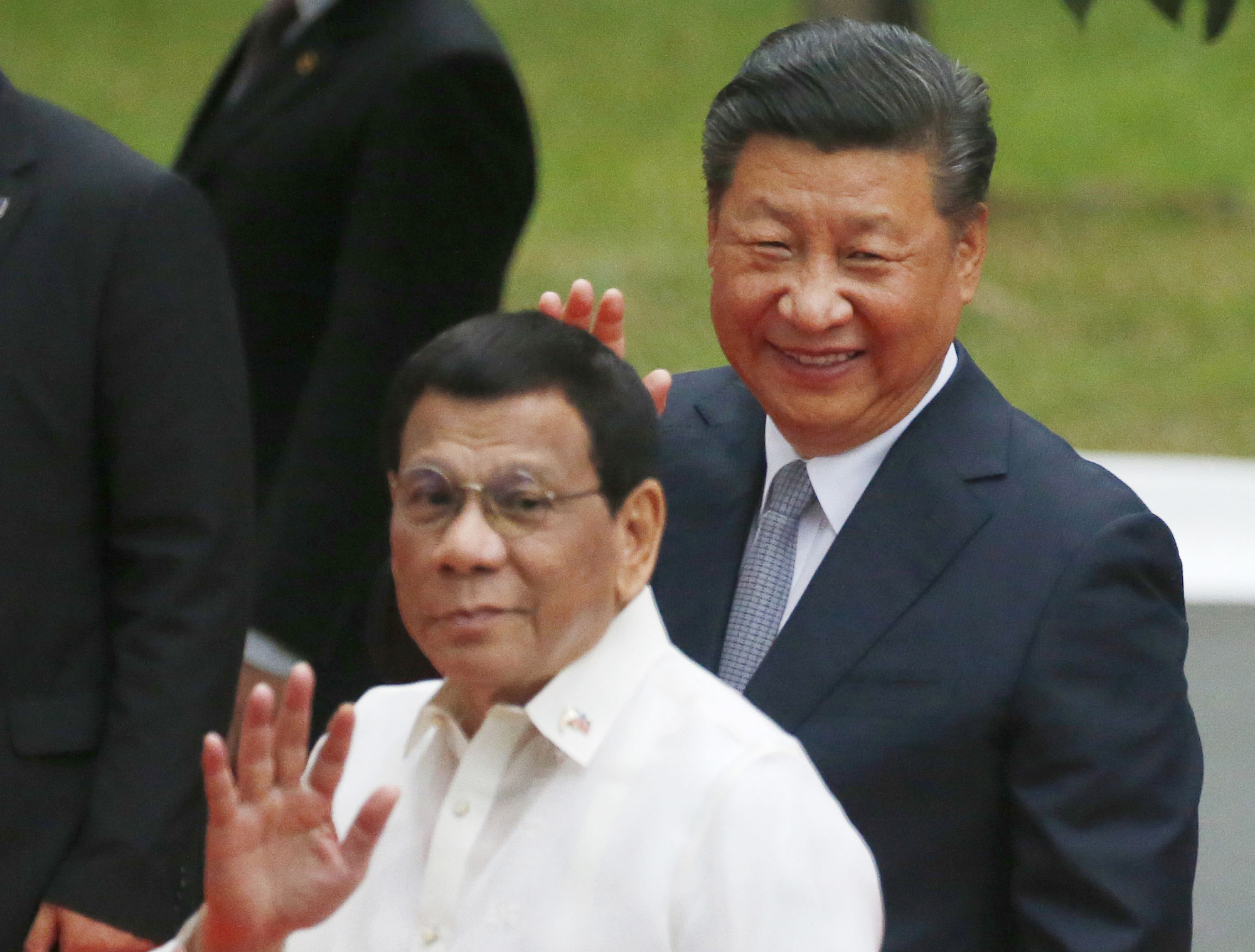China's astonishing expansion into the South China Sea's nearly 3.5 million square km and its subsequent militarization of the region over the past several years has cultivated a complex security environment. The initial phase of that growing complexity was predicated on geopolitical interest and expansion, notably during U.S. President Barack Obama's second term in office.
Although it has been argued that regional tensions may remain stable because China has ceased its land acquisition endeavors to the south, the complex regional security environment may enter into a new phase of heightened tension and complexity during 2019. This next phase could emerge as a result of China's dedicated push to consolidate its gains in the South China Sea through the use of military and political powers in tandem with sharp threats as a result of military patrols and a quantum leap in the deployment of surveillance aircraft, guided-missile destroyers and a bank of military equipment.
Despite a momentary lull in adding to its treasure trove of South China Sea features, China's behavior in the South China Sea exemplifies the aim of achieving regional dominance. However, Beijing has yet to achieve the level of control it seeks over the strategically vital waterway. In a region where five other parties — Vietnam, the Philippines, Indonesia, Malaysia and Taiwan — have made territorial claims, China's position remains under pressure and its territorial assets under continued threat.


















With your current subscription plan you can comment on stories. However, before writing your first comment, please create a display name in the Profile section of your subscriber account page.